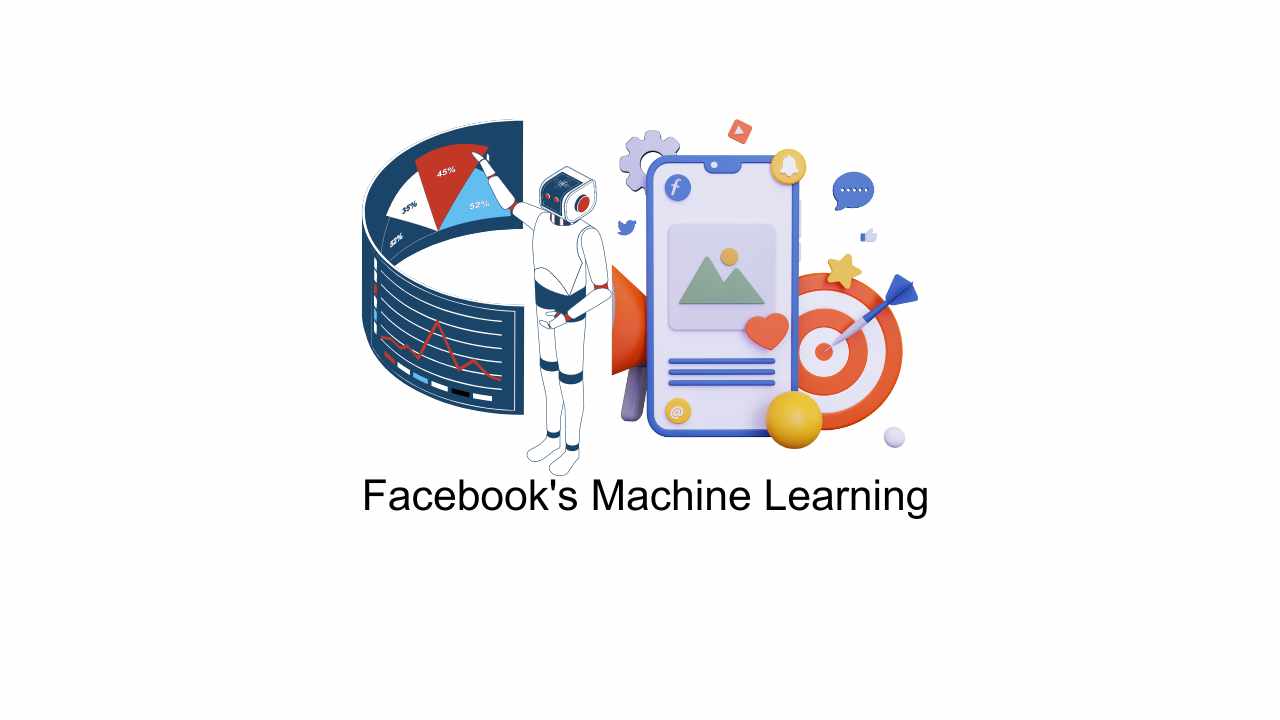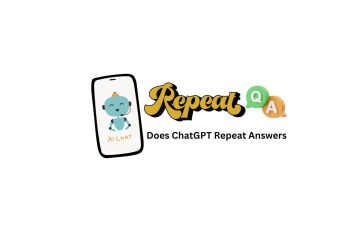The power of Facebook’s Machine Learning algorithms in delivering well-aligned advertisements to users, even outside the initially targeted audience, is astounding. In this post, we will demystify how Facebook’s ad system utilizes Machine Learning to extend the scope of your audience, thereby potentially boosting the effectiveness of your ads.
Unpacking Facebook’s Ad Algorithm
Facebook Ads relies on Machine Learning to broaden its reach, serving ads to people outside your primary targeting if there’s a high likelihood they would find your content intriguing. This likelihood is calculated using both on- and off-platform user activity.
Let’s delve into this with a new illustrative case study:
A Simplified Case Study: Books and Gardening
Assume that I’m an active Facebook user who frequently engages with posts about Books and habitually visits websites related to literature. Facebook tracks both this on- and off-platform activity to align my profile with the Book interest. The Meta Pixel is responsible for monitoring off-platform activities.
Following the identification of my interest in Books, Facebook’s Machine Learning system matches my activity with other users who also have a keen interest in Books. By comparing activities, the system can detect shared interests among this group.
For instance, it might find that a significant number of people interested in Books also show a strong interest in Gardening content. This intersection of interests provides a valuable opportunity for Facebook’s ad delivery system.
Now, consider an advertiser launching ads targeting the Book interest. Facebook’s system may extend ad delivery beyond this initial audience. By adding individuals who have shown an interest in Gardening, Facebook can potentially enhance the ad’s performance, drawing on data trends identified.
This scenario is a prime example of how Machine Learning can assist advertisers in amplifying the reach of their campaigns beyond their original audience.
Human-Driven Targeting and Its Shortcomings
While many businesses believe they have a comprehensive understanding of their audiences, this is hardly the case. Even with the most detailed data at hand, businesses can only partially comprehend their audiences.
This is where AI steps in. AI has the capability to unveil audience segments you may never have thought of, hence would never have targeted. By solely relying on our own understanding and keeping audience targeting too narrow, we are unintentionally hindering AI’s potential and the long-term results of our campaigns.
Embrace the ‘Advantage+ / AI’ features, trust the machine learning process, and be ready for the impressive reach of Machine Learning in extending your audience.
To sum up, the utilization of Machine Learning in the digital advertising space offers considerable advantages. It allows for the expansive and effective targeting that acknowledges the complex and surprising intersections of various audience interests. The result? You engage more of the right people, more often. That’s an achievement every advertiser can appreciate.

Hello, I’m Ali Raza, the brain behind Digital Realm Trends.
Hailing from the vibrant world of digital marketing, I’ve honed my skills over years. Based on my experience, I’m here to unravel the complexities of digital marketing, analytics and paid marketing, crafted for individuals like you. Join me in uncovering the power of digital marketing tools and strategies, fueled by experimentation and insights.




